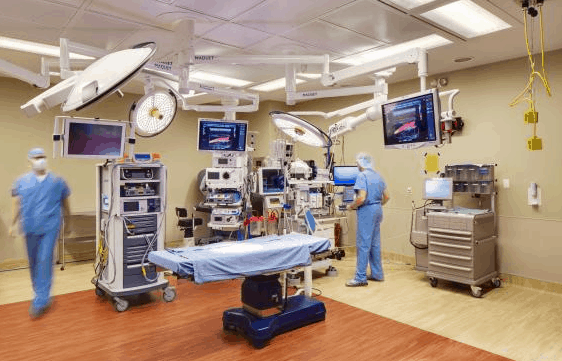Blog
LED Lighting Tips for Design in Healthcare

LED lighting has been touted as a great way to save energy and a good replacement for the old-fashioned incandescent and halogen lamps. As such, they are being used more and more in healthcare facilities. However, they must be used correctly and there is a proper way to maintain them in order to get the most benefit from them. Healthcare Design Magazine recently had an article on this leading up to their Healthcare Design Expo & Conference, Nov. 14-17 in Washington, D.C. Below are a few of the tips from that article. They are quoting Karen Murphy, senior professional associate at HDR Inc. (Omaha, Neb.). To read the piece in its entirety and find more information on the Expo, click here.
- LEDs and fluorescent lamps don’t operate the same: Fluorescent lamps typically remain bright, losing less than 10 percent of their initial light output, and then burn out. LED modules, on the other hand, gradually become dimmer without burning out, making it difficult for maintenance staff to know when the modules aren’t giving off the desired illumination levels and should be replaced. This can be especially problematic in certain areas, such as surgery spaces, where appropriate light levels are important. Therefore, facilities need to make sure they have maintenance protocols for replacement, Murphy says.
- Today’s sources are better at mimicking daylight: New equipment is entering the market that offers improved dimming and color-tuning properties. “We know that daylight changes color temperature during the course of a day, and we now have the ability with select color-tuning LED products to control them with time clocks and adjust the color temperature of electric light similar to daylight,” she says. “This will help support circadian entrainment, which numerous studies have demonstrated supports physiological health.”
- Think variety of applications: LEDs have become a lamp of choice for most surgical and procedure task lighting, replacing incandescent and halogen sources. “Those sources are much less energy efficient than LEDs, are physically larger, and contribute more heat to the room,” Murphy says. In addition, she recommends that clients consider LEDs for exterior applications, decorative accents, downlights, narrow aperture recessed fixtures, high ceiling areas, and imaging rooms.
Source: http://www.healthcaredesignmagazine.com/article/illuminating-ideas-leds-healthcare







